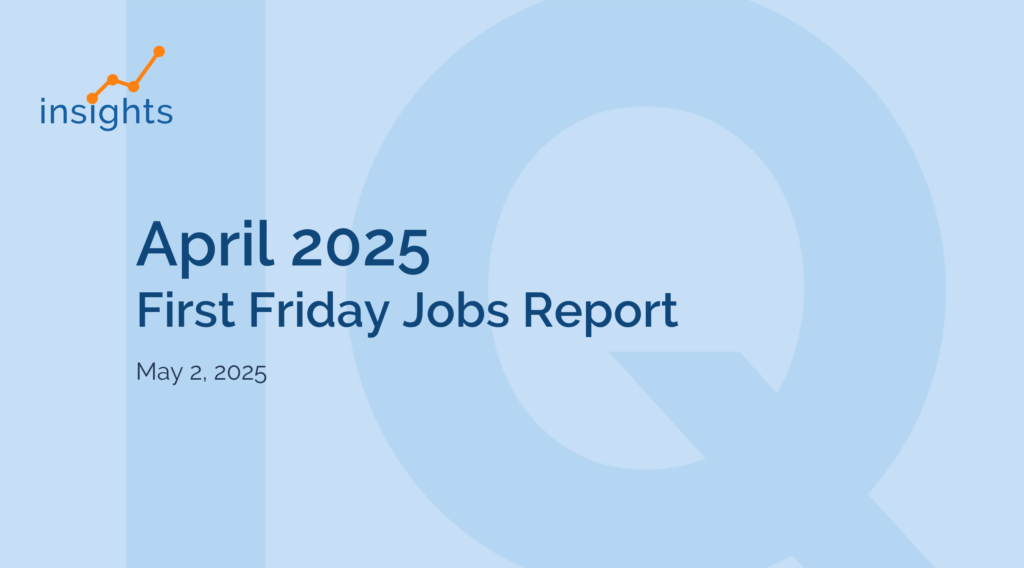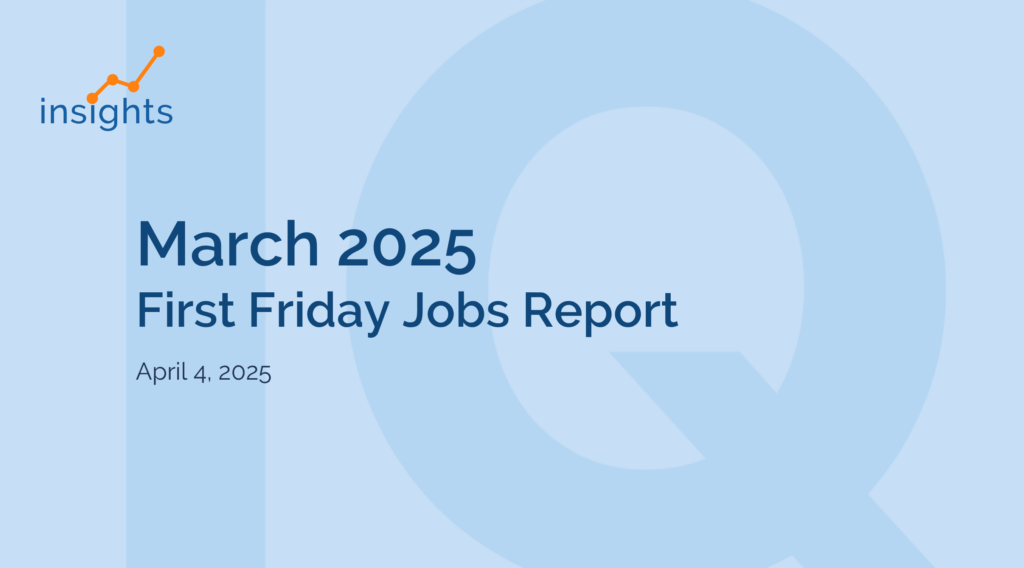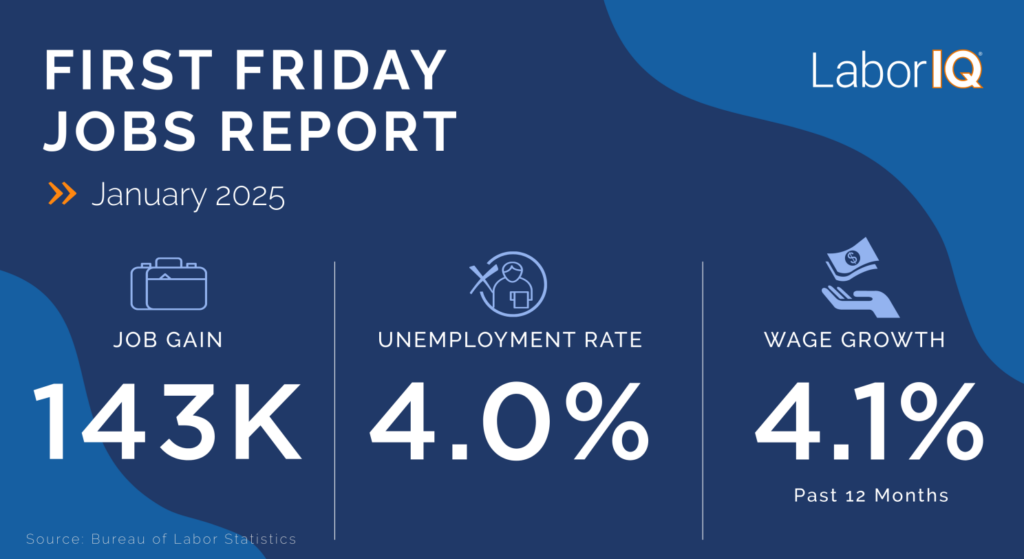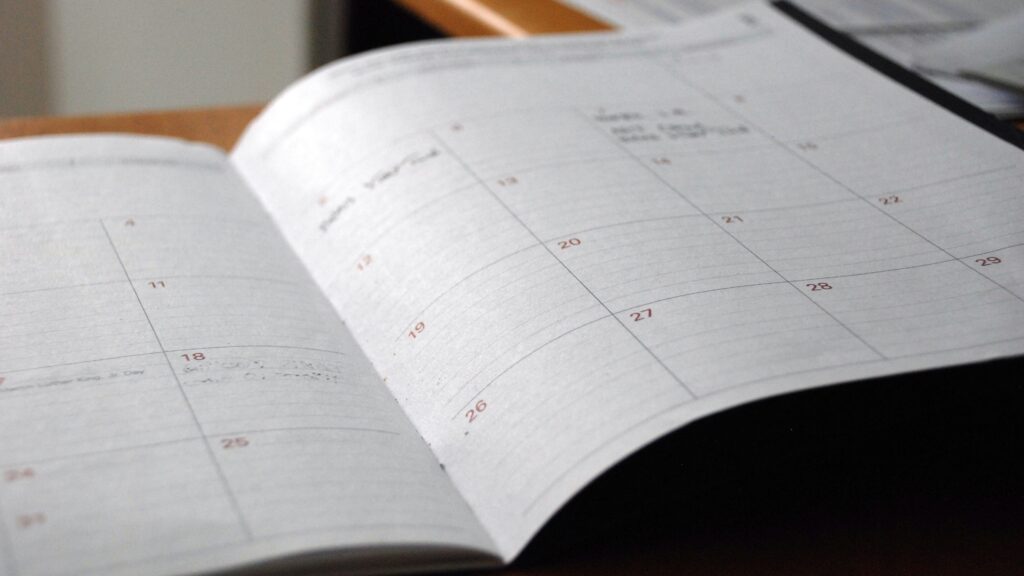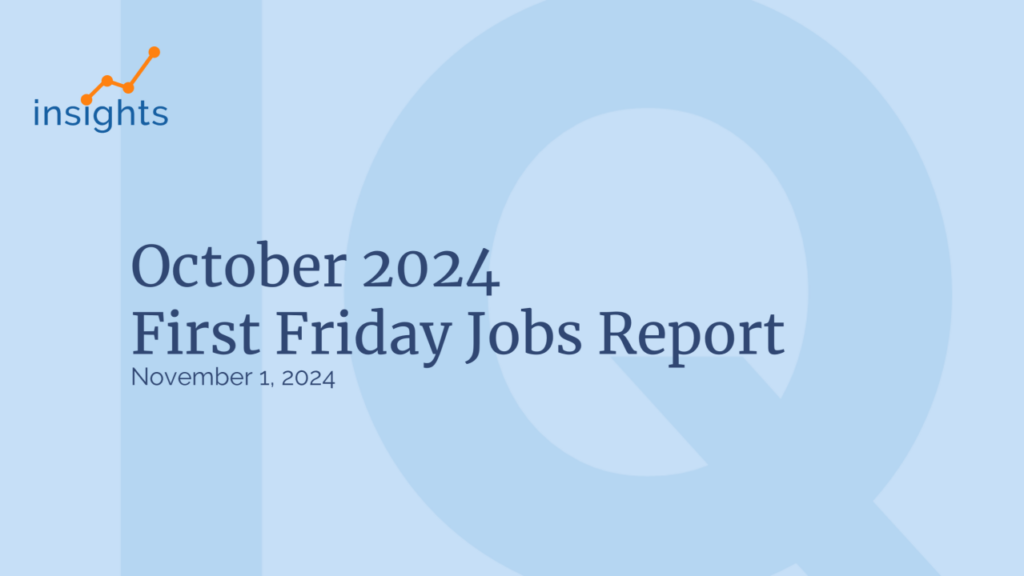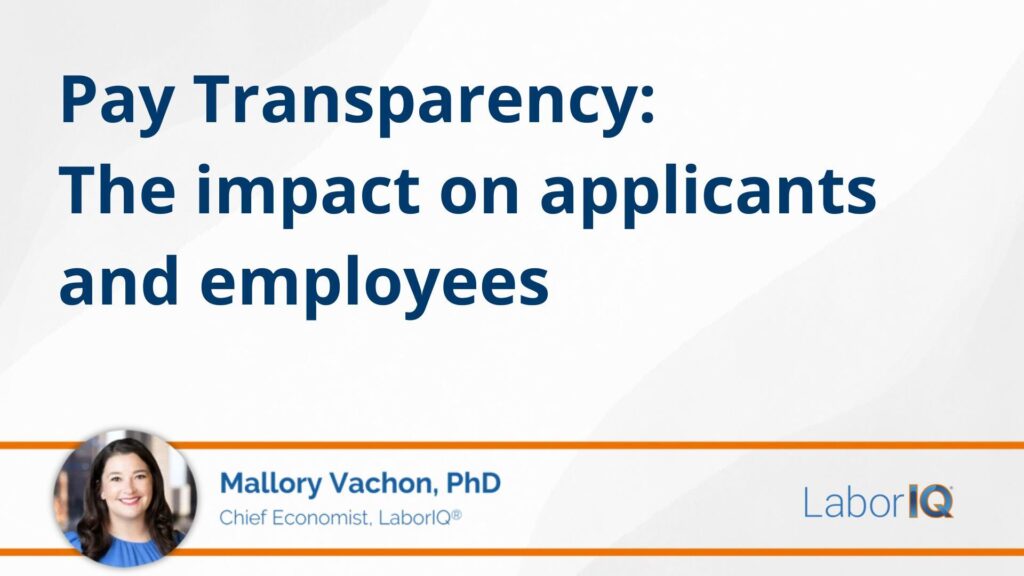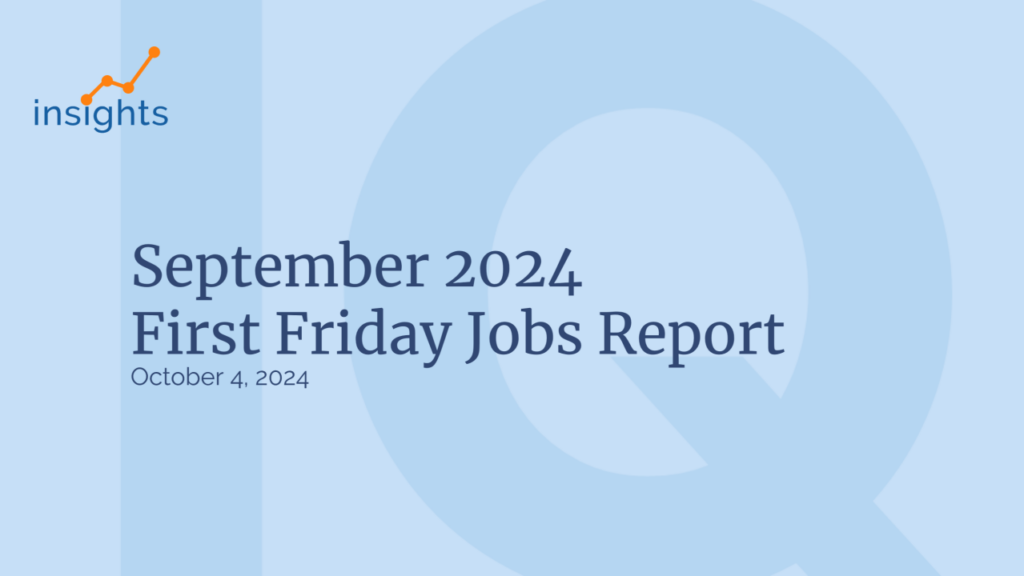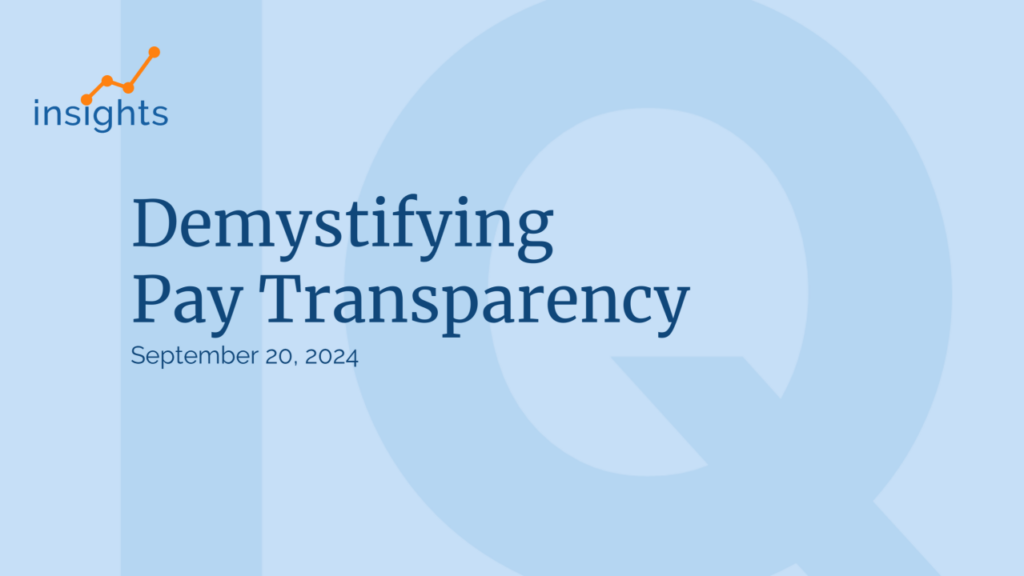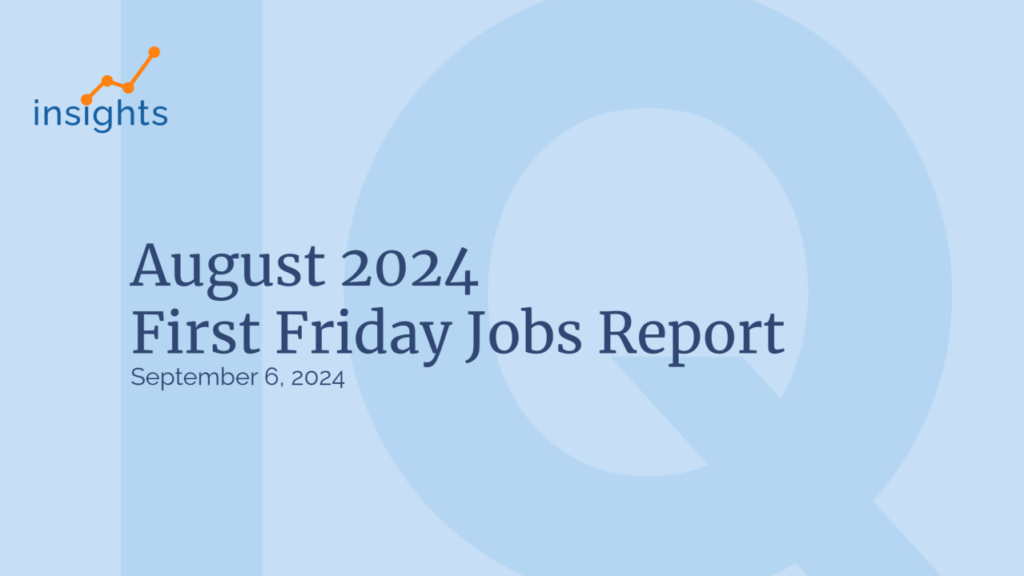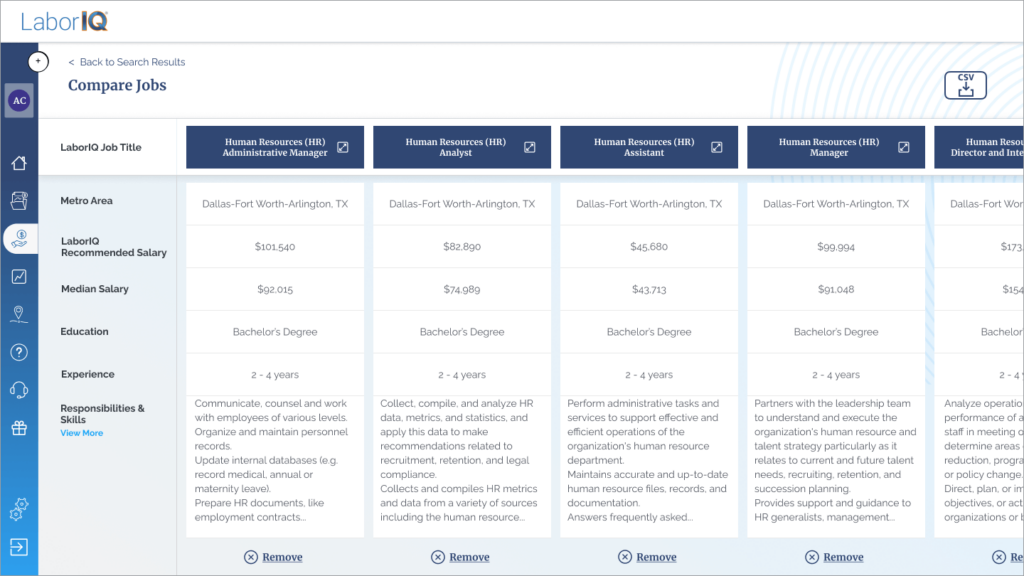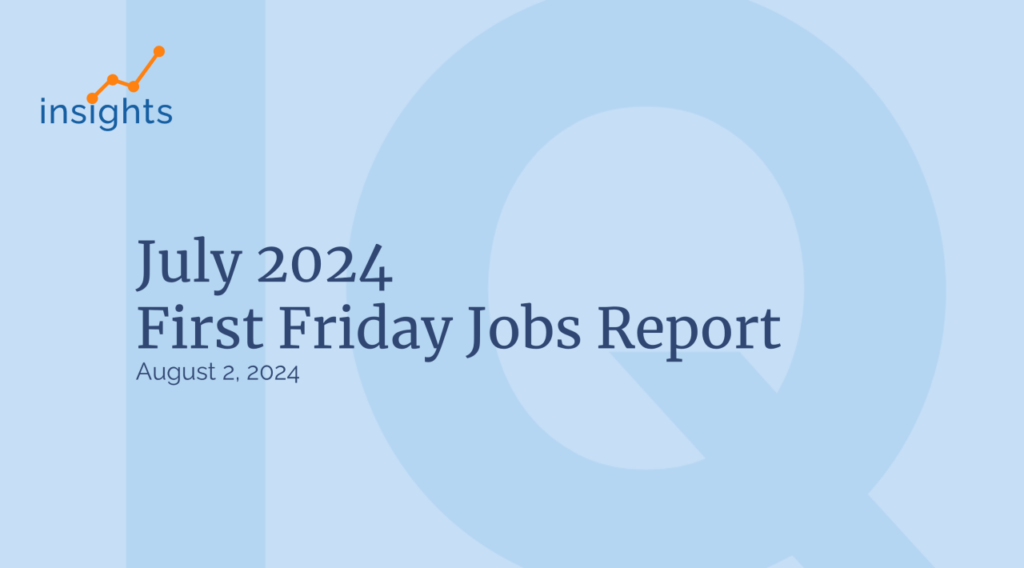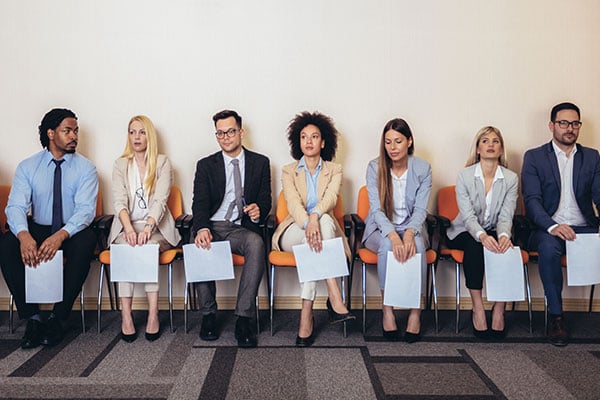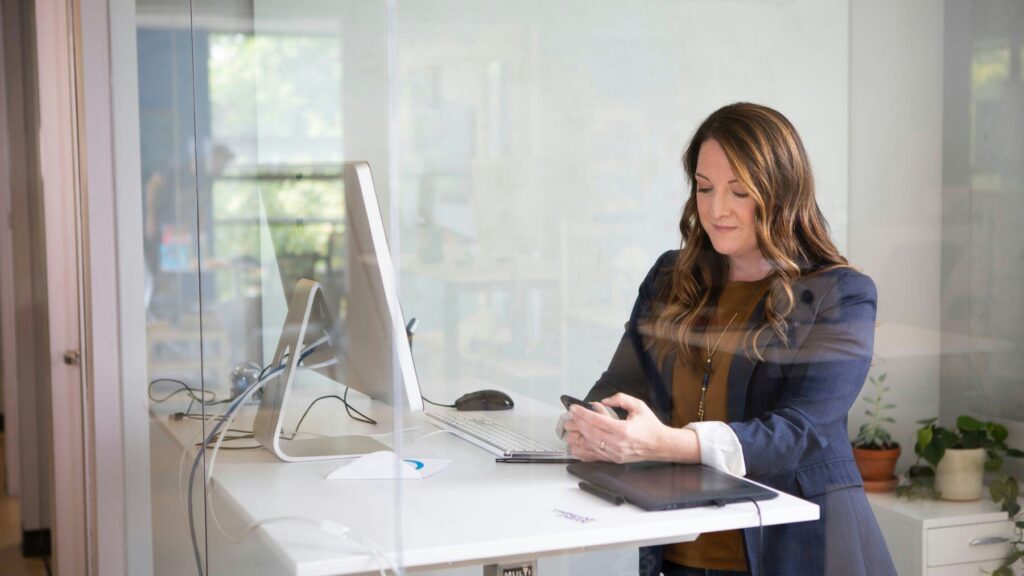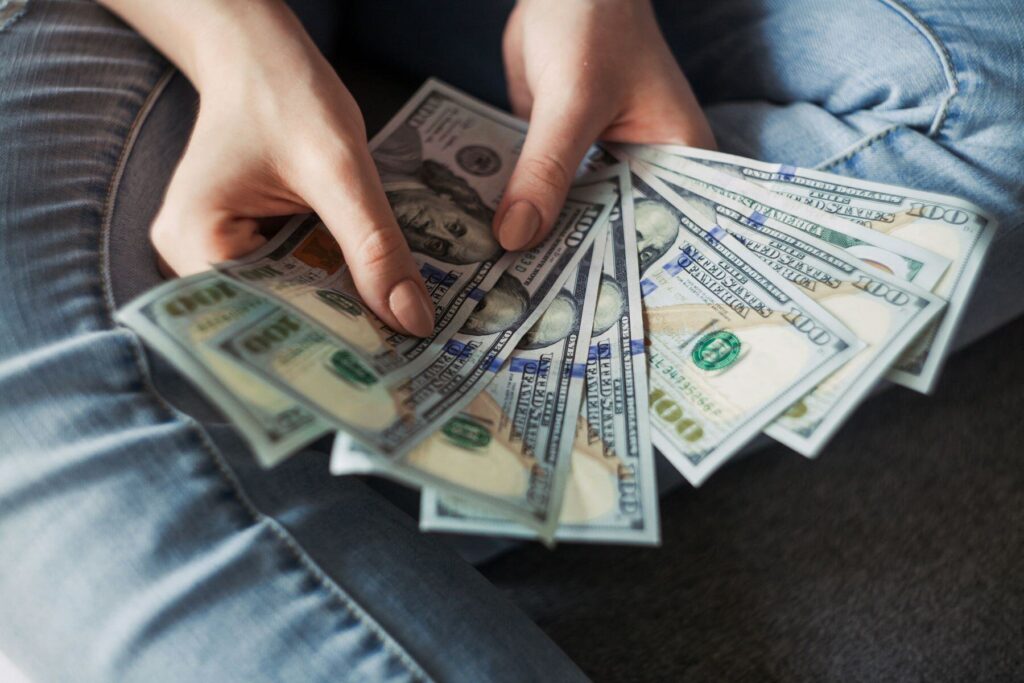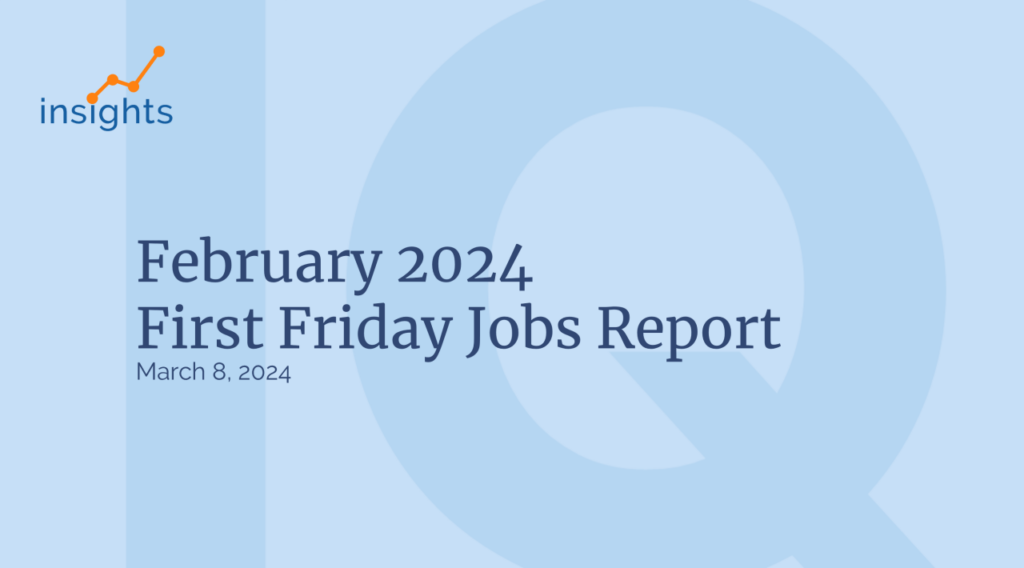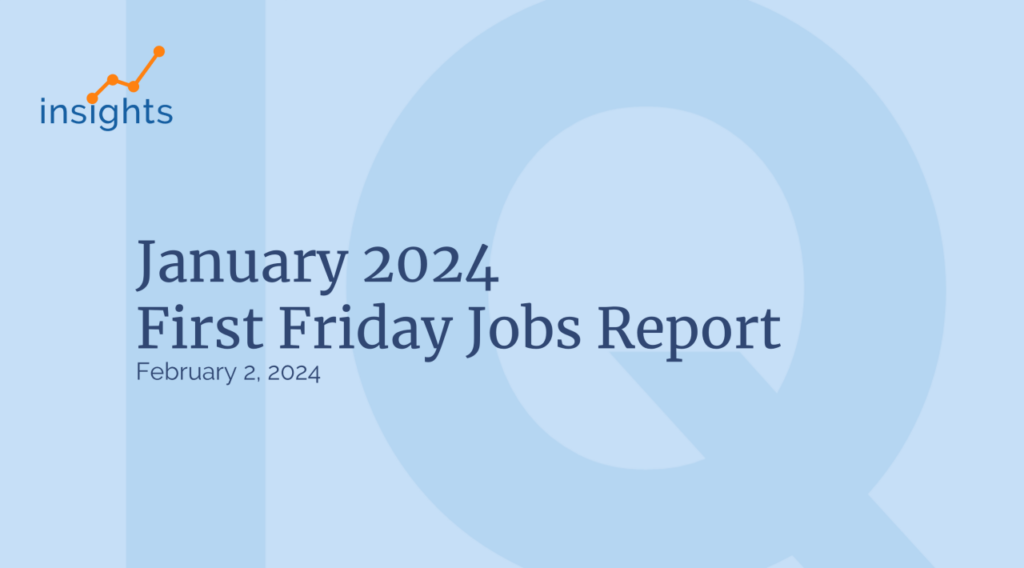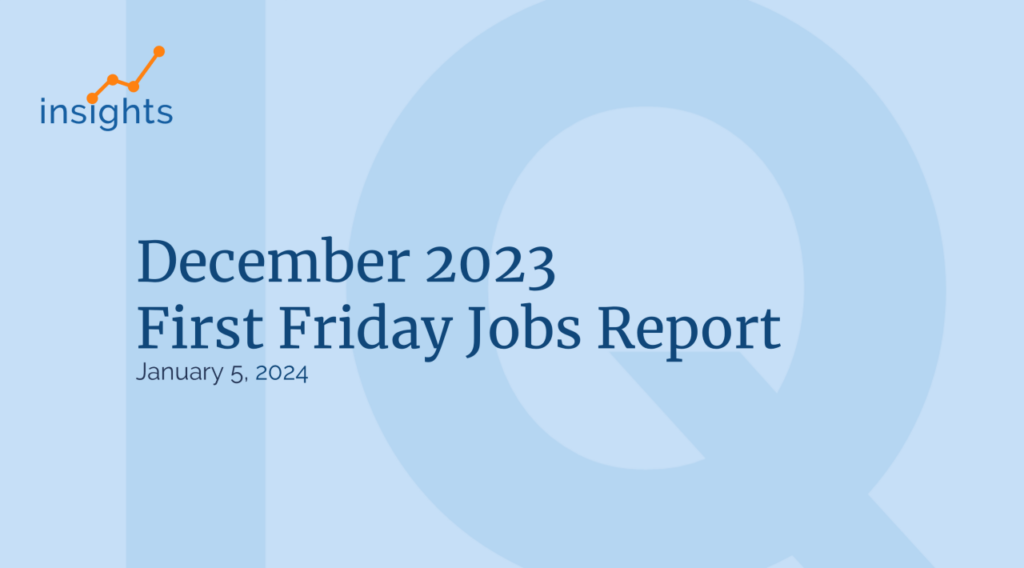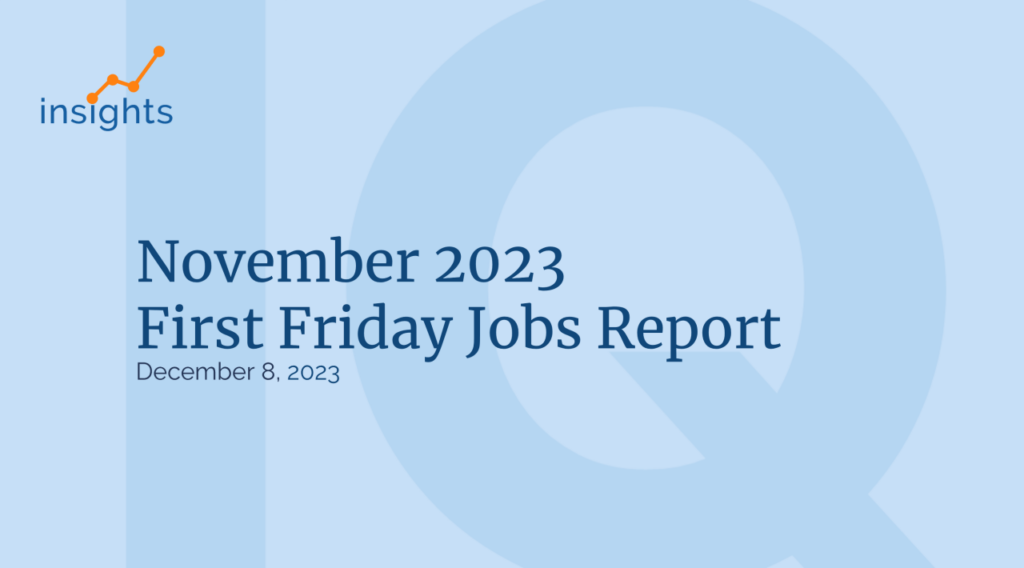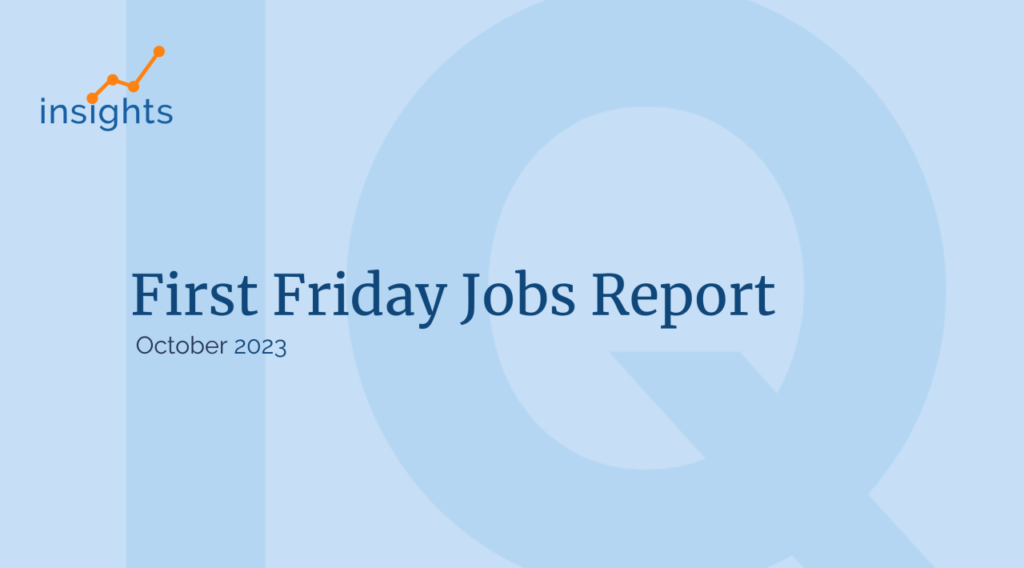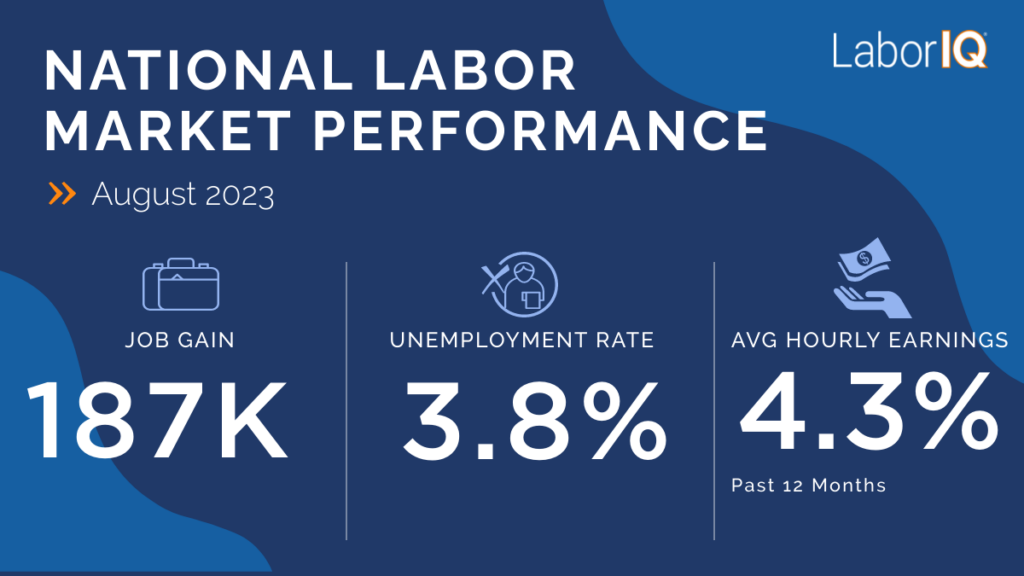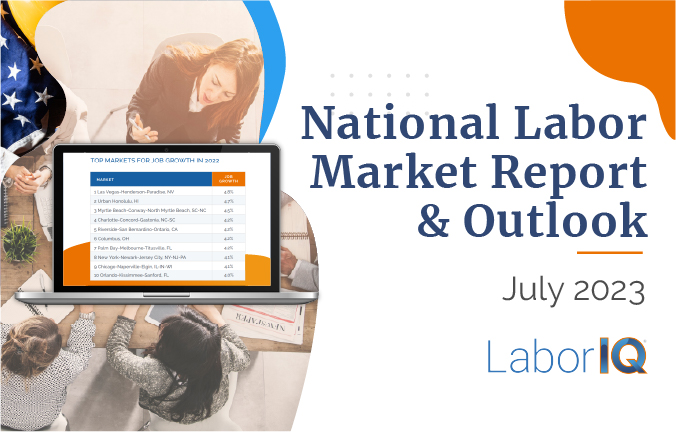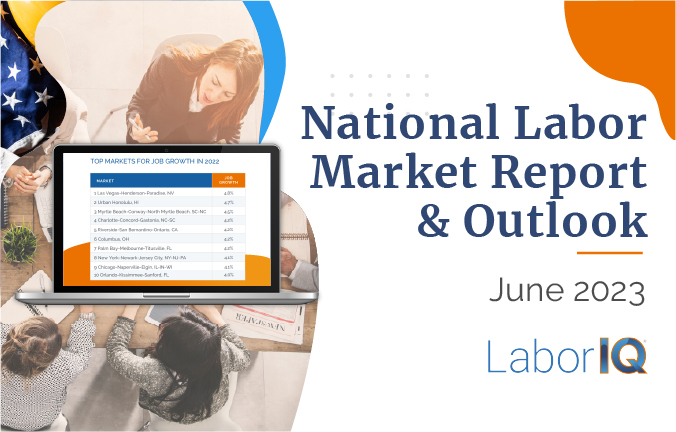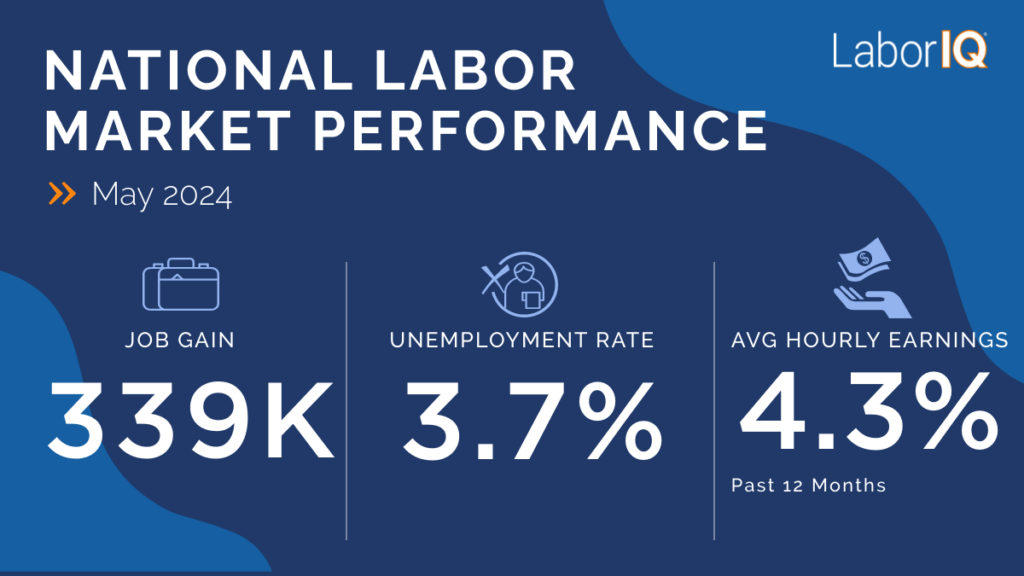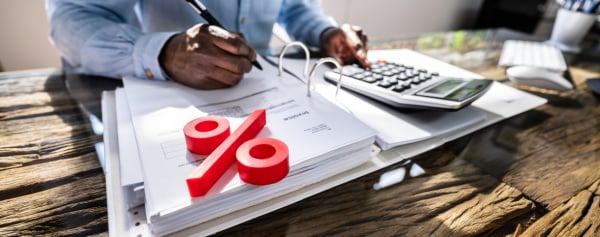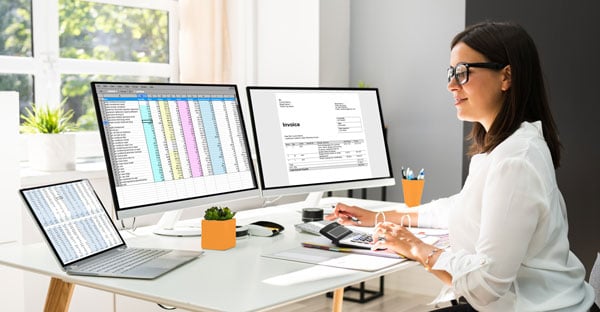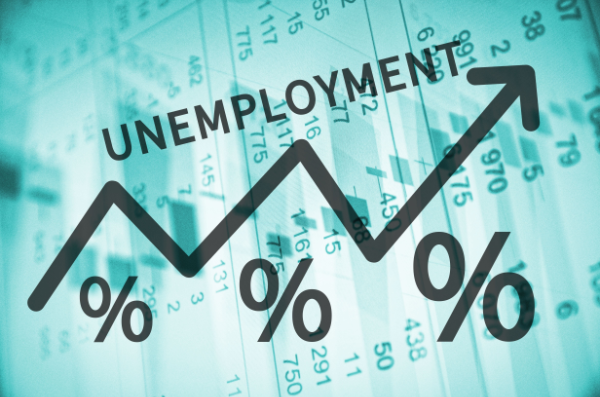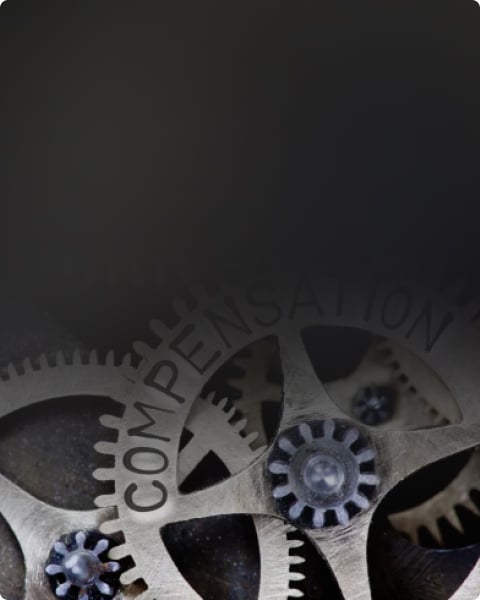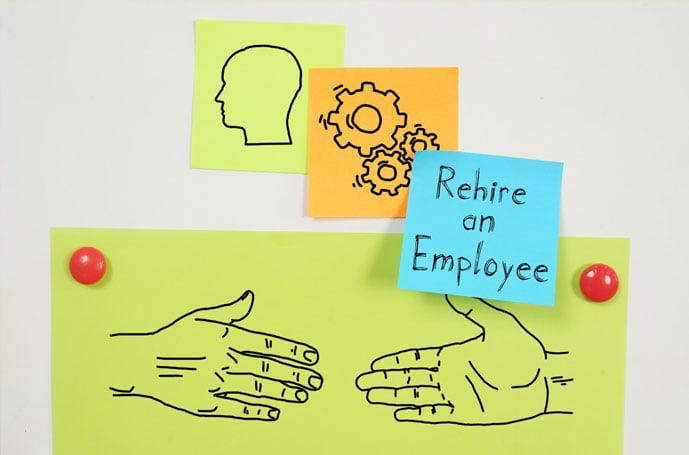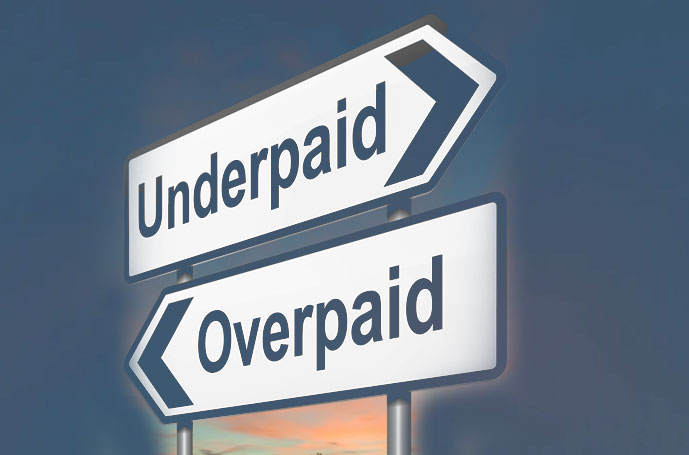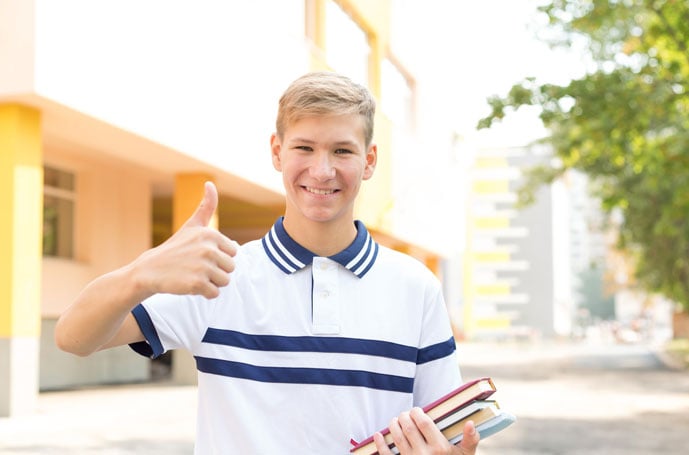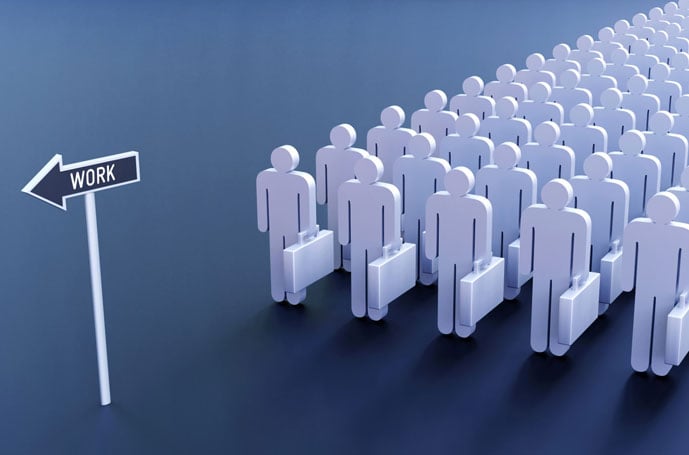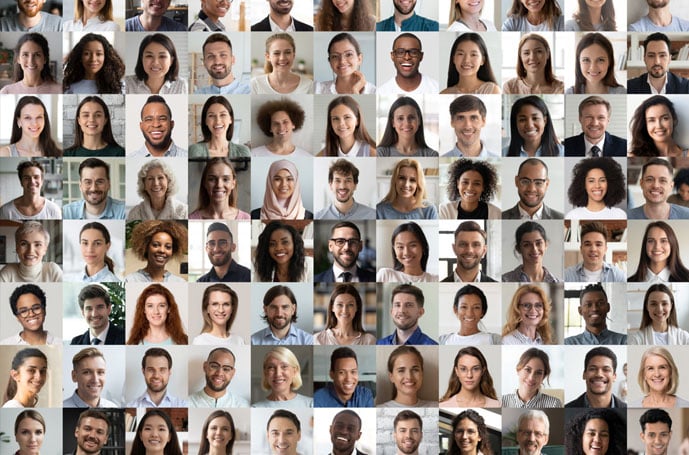A recent article by Korn Ferry, a global consulting organization, suggests a significant drop in remote work opportunities, reporting just one in seven job postings offering remote work.
According to a Korn Ferry vice president, this decline is due to growing concerns companies have over losing their office culture and drops in productivity due to work-from-home (WFH) arrangements. But with talent shortages across many industries, employees had the power to veto on-site work. However, as this article explains, more and more post-pandemic employers are leveraging remote work as a bargaining tool rather than offering it as a standard. As we’ll see, this shift has been crucial for employers managing remote work.

So, today, we’re digging into this trend – specifically, what it tells us about the future of remote work and what this means for HR managers.
How HR Managers Negotiate Workers Back Into the Office
The Korn Ferry report is just one of many sources showing the decline of remote working. For example, The World Economic Forum (WEF) also notes the downturn of remote jobs.
However, generally speaking, labor force participation still remains low. In fact, the number of job listings (remote and on-site) remains at an all-time high, with 10 million listings to just 5.8 million U.S. workers.
But interestingly, while WFH jobs are decreasing, on-site positions remain in high demand despite a deficit of workers able to fulfill these roles.
As a result of this dynamic, WEF explains that the labor market is now divided into WFH and on-site jobs.
To understand this climate, remember that employees still massively influence how job roles are marketed and positioned. For example, statistics show that 70% of the labor market comprises passive job seekers. As this sort of talent isn’t desperate for work, they’re much harder to attract. Consequently, you’ll have to induce them to leave their current role. To do this successfully, keep in mind that one study revealed the following factors have the most sway over whether a job seeker accepts a new job:
- Compensation (49%)
- Professional development (33%)
- Better work-life balance at (29%)
All in all, this suggests two things:
Employees want the flexibility to adjust their careers around their lifestyles to enjoy a better work-life balance.
But employers want to attract talent to work on-site.
So, where does this leave the HR managers?
Remote to Hybrid
Looking at the above stats, some might wonder whether offering better compensation might bring workers back into the office. However, with inflation reaching 9.1% over the last few months, providing higher salaries isn’t feasible for some companies.
This leaves two alternatives –
Offering better career development opportunities.
Ensuring employees benefit from a better work-life balance.
In the latter case, does this kind of flexibility always mean remote working? Intriguingly, while remote working is declining, a new way of working is snowballing in popularity:
Cue, hybrid working.
Owl Labs reports that since 2021 there’s been a 16% uptake in hybrid working, with job listings for hybrid work increasing by 52%. But what is hybrid working, and what are its benefits?
What’s Hybrid Working?
Hybrid working permits employees to benefit from different models of work.
For instance:
- Dividing work hours: Here, staff can split their time between the office and home. For instance, three days in the office and two at home.
- Compressed hours: Workers come into the office two to three days and work longer shifts, so the rest of their week is free.
- Rotation: Those who need to be in the office periodically rotate with a remote team.
- Split working: Dividing office hours between workers who perform the same role.
A hybrid working arrangement is often an effective recruitment strategy because people get the best of both worlds. For example, workers like that they get a change of scene, social interaction, more face-to-face training opportunities, and better communication with in-office working. While at the same time, they still reap the perks of occasionally working from home. For many, it’s a win-win!
The Stats
Although 50% of industry leaders say their company already requires, or plans to require, full-time in-person work by 2023, consider that two out of three remote workers would search for a new job if they couldn’t WFH.
The bottom line is that the desire for flexibility shouldn’t be underestimated, nor its benefits. For instance, more than half of remote workers would take a pay cut rather than return full-time to the office. As a result, hybrid working presents a decent compromise that might be more valuable than you first thought.
For example, hybrid workers are 9% less likely to switch jobs than remote workers when new in-office changes occur. On top of that, if companies insist on 100% in-office work without the option of a hybrid arrangement, 67% of workers would expect a pay raise to deal with their additional costs.
It seems clear that employers are gradually gaining control of the remote market. However, hybrid working appears to be taking WFH’s place rapidly. So, if enterprises want to attract talent back to the office, hybrid working could be the answer. But this leaves us with the following question: How can HR managers integrate hybrid working into their compensation structure?
How LaborIQ Can Help You Corner the Hybrid Market
The labor market is continually evolving, and though we’ve seen the tide move toward hybrid working models, it doesn’t mean that either 100% remote or complete on-site working is off the table.
Companies need reliable and forward-moving data to help them navigate through this turbulent period. This is especially true regarding effective compensation planning; in this instance, forecasting and actionable market data are essential.


